Optimal Timing for Mole Removal Procedures
Timing for mole removal procedures can impact healing and results. Factors such as skin type, mole characteristics, and seasonal conditions influence the optimal timing for treatment.
Performing mole removals during cooler, less sunny months may reduce the risk of sun exposure and irritation during healing.
Scheduling procedures when skin is less prone to irritation can support better recovery and minimize complications.
Timing based on personal health, such as avoiding periods of illness or stress, can contribute to optimal healing.
Avoiding removal before prolonged sun exposure helps prevent pigmentation changes and promotes uniform healing.
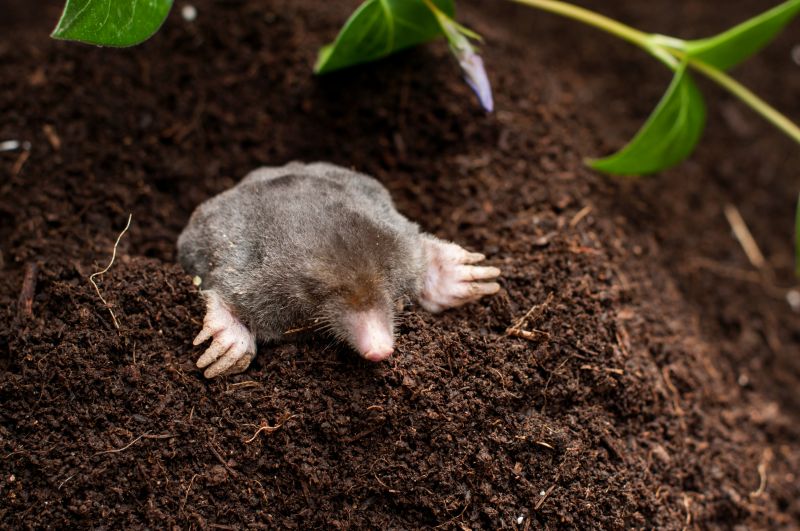
A dermatologist performs mole removal using various techniques depending on mole type and location.
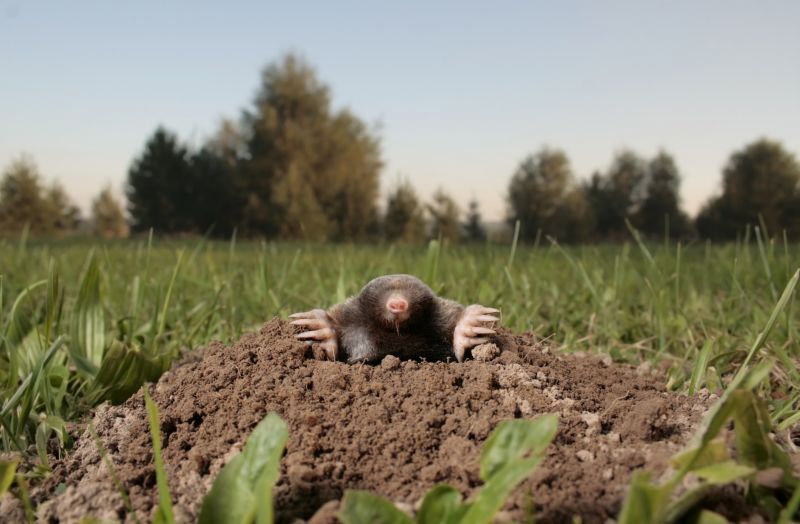
Post-removal healing varies but typically involves a healing period of a few weeks with proper care.
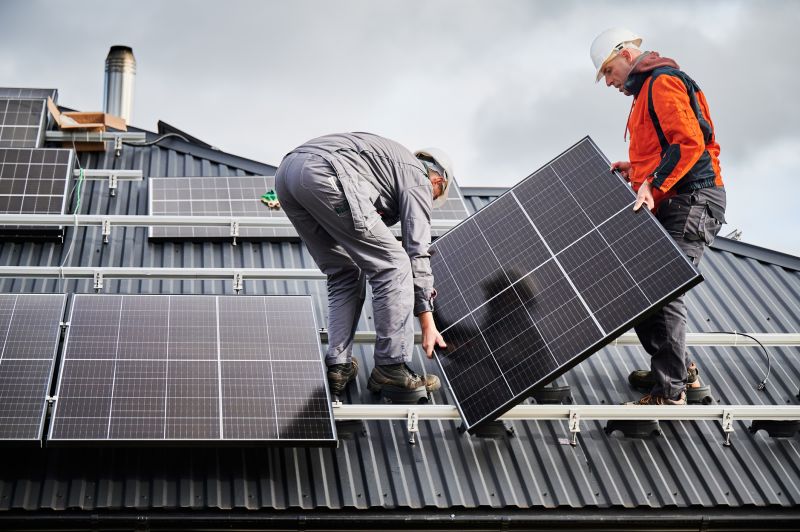
Using sun protection helps prevent pigmentation changes and supports healing after mole removal.

Ways to make Mole Removals work in tight or awkward layouts.

Popular materials for Mole Removals and why they hold up over time.

Simple add-ons that improve Mole Removals without blowing the budget.
| Factor | Recommendation |
|---|---|
| Season | Prefer cooler months with less sun exposure |
| Skin Condition | Ensure skin is healthy and free of irritation |
| Upcoming Events | Allow time for healing before significant events |
| Personal Health | Schedule when in good health and free from stress |
| Sun Exposure | Avoid removal before prolonged outdoor activities |
Mole removals are common dermatological procedures aimed at eliminating benign or suspicious moles. They can be performed using excision, laser, or other techniques, depending on the mole's characteristics. Proper timing can help ensure the best aesthetic and healing outcomes. Statistics indicate that early removal of atypical moles can reduce the risk of melanoma development, emphasizing the importance of regular skin checks and timely treatment.
Patients should consider seasonal factors and personal health when scheduling mole removal procedures. Healing times vary, but following post-procedure care instructions and protecting the skin from sun exposure are essential for optimal results. Consulting with a dermatologist can help determine the best timing based on individual skin type and mole location.

Assessment and planning with a dermatologist ensure proper timing and technique.

Following care instructions supports healing and reduces complications.

Most healing occurs within a few weeks, with full recovery taking longer depending on the removal method.

Applying sunscreen and avoiding sun exposure during healing is vital for best results.
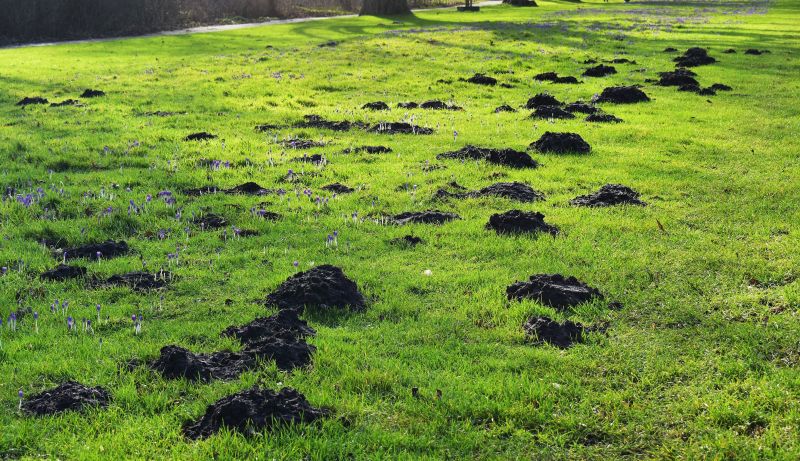
High-end options that actually feel worth it for Mole Removals.
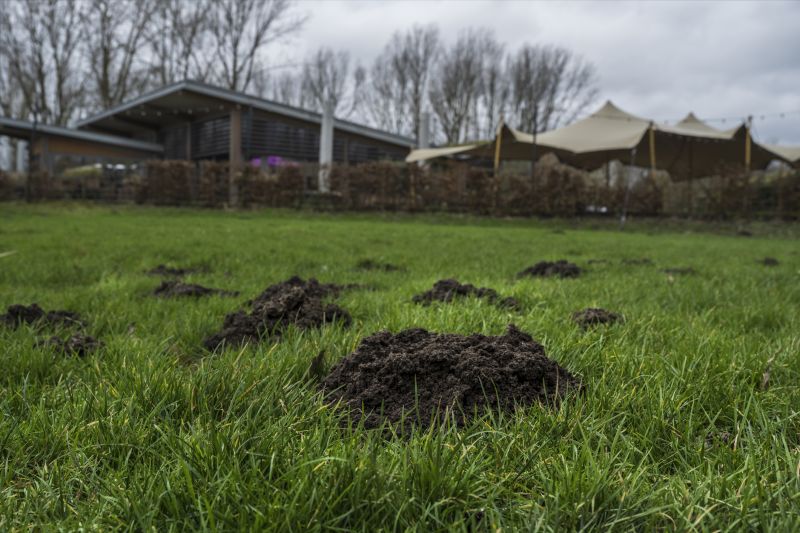
Finishes and colors that play nicely with Mole Removals.

Little measurements that prevent headaches on Mole Removals day.

A 60-second routine that keeps Mole Removals looking new.
Interested individuals are encouraged to contact for further information or to schedule a consultation. Proper timing and professional guidance can enhance the success of mole removal procedures and support healthy skin outcomes.



